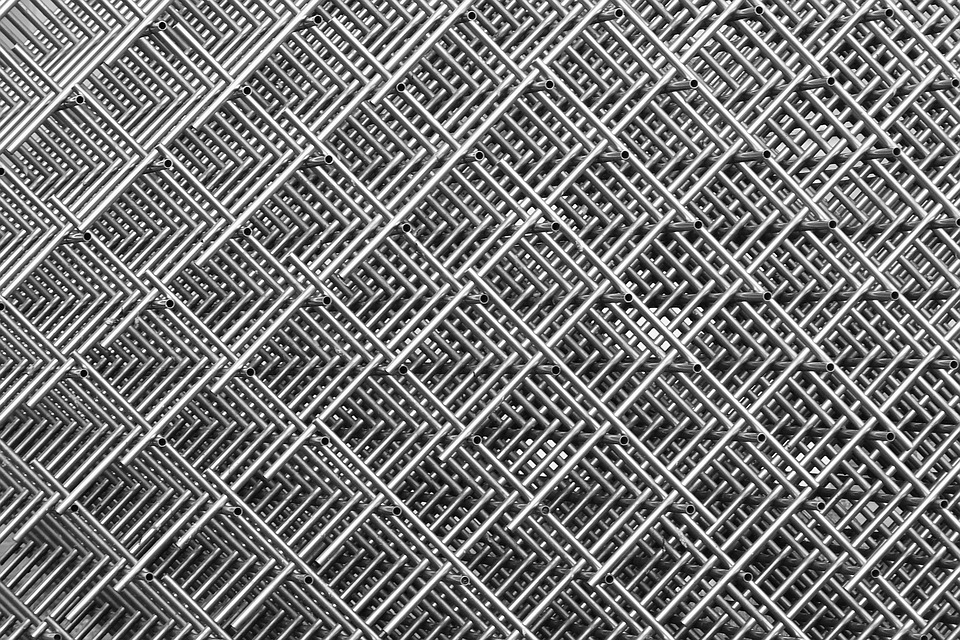Aluminium is everywhere—from the phone in your hand to the car you drive and the laptop you’re reading this on. But how does a solid block of aluminium turn into sleek parts and complex components used across industries? That’s where aluminium machining comes in.
Whether you’re in aerospace, automotive, architecture, or electronics, understanding what happens during aluminium machining gives you insight into how precision parts are made. So, let’s break it down—what really happens when aluminium meets machine?
1. It Starts with the Right Aluminium Alloy
Not all aluminium is created equal. Before machining begins, the first step is selecting the appropriate aluminium grade for the job. Common choices include:
-
6061 – Versatile, easy to machine, and corrosion-resistant
-
7075 – Stronger, used in aerospace and high-stress applications
-
2024 – High strength but less corrosion-resistant; popular in aviation
Each alloy has its own strengths and machinability characteristics, which influence tooling, speeds, and cooling requirements.
2. CAD Design and CAM Programming
Once the material is chosen, the machining process begins with CAD (Computer-Aided Design) software. Engineers design the part down to the tiniest detail. That design is then translated into machine instructions using CAM (Computer-Aided Manufacturing) software.
This is where toolpaths, cutting strategies, and tolerances are defined. The result? A fully programmed blueprint ready for production.
3. Cutting, Milling, and Shaping Begin
With the aluminium stock in place, the CNC (Computer Numerical Control) machine starts carving away. Here's what typically happens during this stage:
-
Facing – A flat surface is created to begin with a level, smooth base
-
Milling – Tools cut the material in specific shapes and features
-
Drilling – Holes are precisely bored into the part
-
Turning (if using a lathe) – The material spins while tools cut from the sides
Aluminium machines cleanly and quickly, which makes it ideal for high-speed manufacturing. Plus, it produces neat chips that don’t usually clog tooling.
4. Coolant Keeps Everything in Check
Even though aluminium is softer than steel, the heat generated during machining can still be intense. Coolant fluids or mists are often used to:
-
Prevent the metal from warping or melting
-
Extend the life of cutting tools
-
Improve the surface finish
-
Help flush away chips and debris
Some setups even use air blasts or minimal lubrication to reduce environmental impact while still keeping things cool.
5. Precision and Tolerances Are Key
Modern aluminium machining is all about accuracy. CNC machines can hold tolerances as tight as a few microns. Every hole, edge, and curve must meet strict dimensional standards—especially in industries like aerospace or medical device manufacturing.
Inspections using CMM (Coordinate Measuring Machines), laser scanners, or even digital calipers ensure every part is within spec.
6. Finishing Touches: Deburring, Polishing & Coating
After machining, the work isn’t quite done. Raw parts often need finishing treatments such as:
-
Deburring – Removing sharp edges and burrs for safety and function
-
Polishing or brushing – For aesthetics or smoother surfaces
-
Anodizing – Adding a corrosion-resistant, often colorful, oxide layer
-
Powder coating or painting – For added protection and branding
These final steps depend on the part’s end use and environment.
7. Assembly or Shipment
If the part is part of a larger assembly, it may move on to be joined with other components. Otherwise, it's cleaned, inspected one last time, and shipped to the client—ready to go from machine shop to the real world.
Why Aluminium Machining Is So Popular
Aluminium isn’t just lightweight and corrosion-resistant—it’s also highly machinable, meaning it’s easier and faster to work with than many other metals. That translates into:
-
Shorter lead times
-
Lower tooling costs
-
Smoother finishes
-
Excellent precision
No wonder it's the go-to material for everything from drone parts to laptop frames.
Final Thoughts
Aluminium machining is a blend of art, science, and engineering precision. From selecting the right alloy to final inspection, each step plays a critical role in producing parts that are accurate, functional, and ready to perform.
So next time you pick up a sleek aluminium product, you’ll know—it started as a raw chunk of metal that went through a careful, high-tech journey of shaping, cooling, cutting, and crafting. That’s the magic behind aluminium machining.



